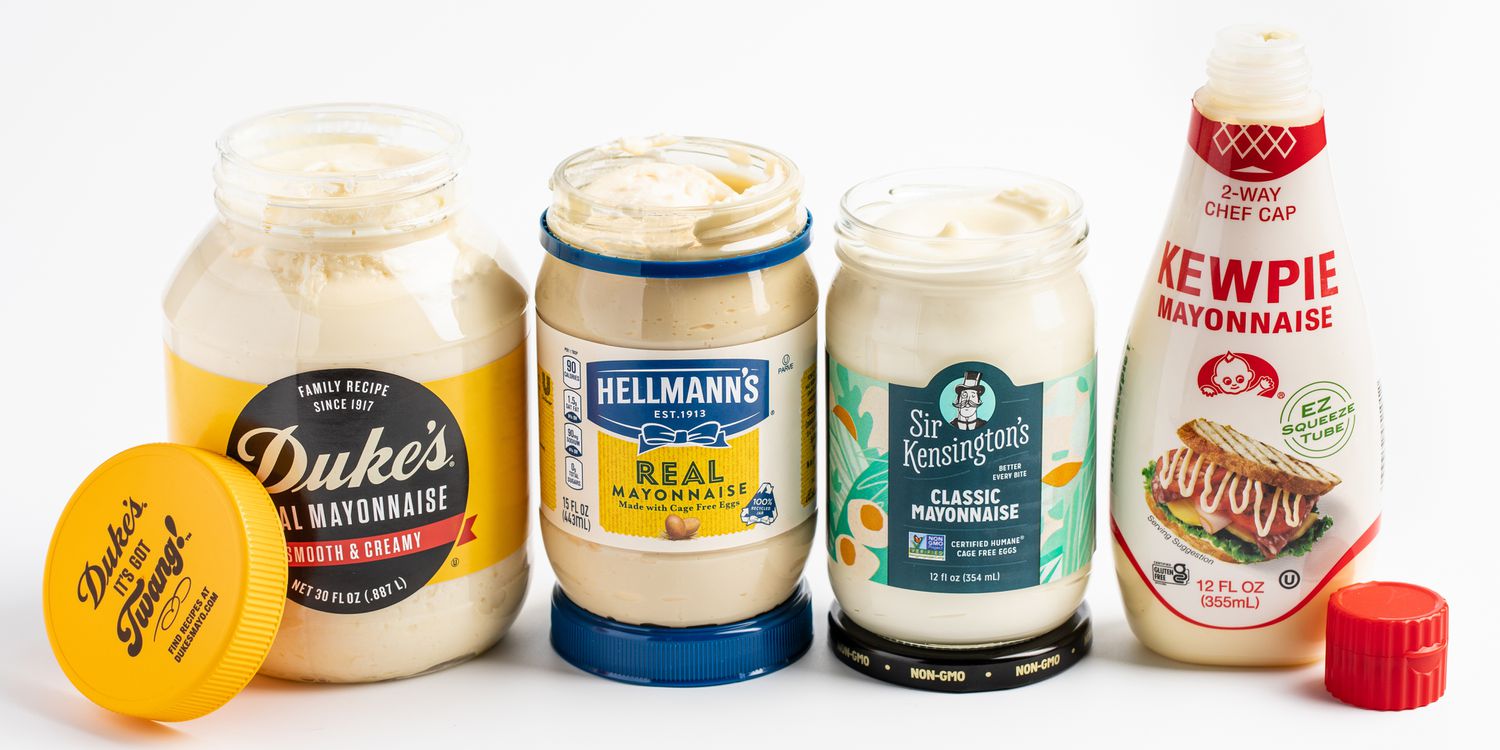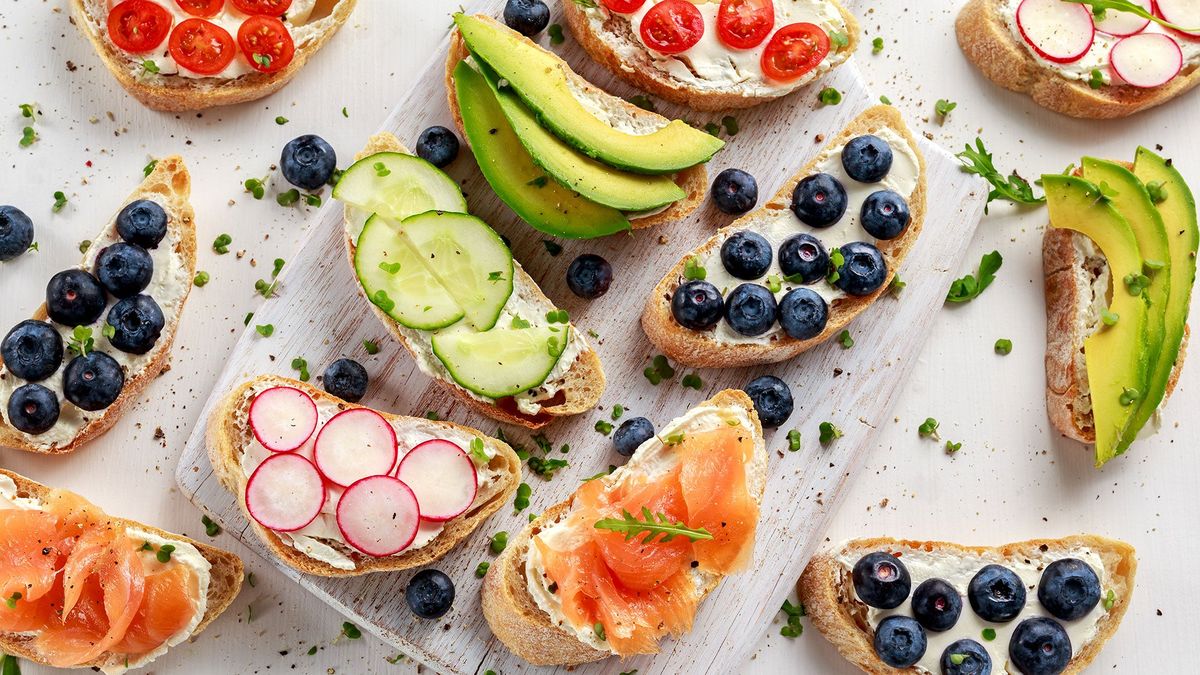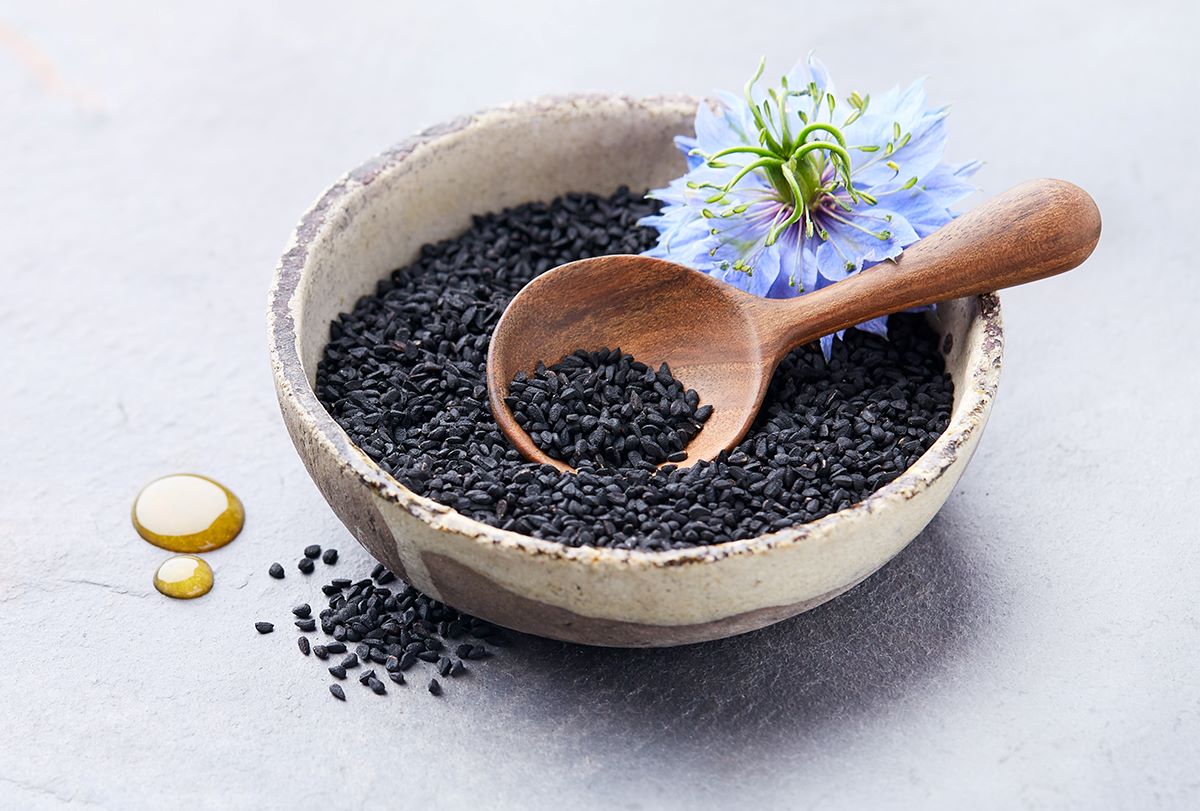Why Choose Non-GMO Foods?
Choosing to eat non-GMO foods is a decision that many people are making in order to prioritize their health and well-being. Genetically modified organisms (GMOs) are organisms whose genetic material has been altered in a way that does not occur naturally. Many people prefer to avoid GMOs due to concerns about their potential impact on health and the environment.
Identifying Non-GMO Foods
When it comes to eating non-GMO foods, it’s important to be able to identify them. Here are some tips for doing so:
- Look for the Non-GMO Project Verified label on packaging. This label indicates that a product has been rigorously tested for GMOs.
- Choose organic foods whenever possible, as they are less likely to contain GMOs.
- Opt for foods that are labeled as non-GMO or GMO-free.
Shopping for Non-GMO Foods
When shopping for non-GMO foods, it’s helpful to have a plan in place. Consider the following tips for making non-GMO shopping a breeze:
- Shop at farmers’ markets, where you can talk directly to the farmers about their growing practices.
- Read labels carefully and familiarize yourself with common GMO ingredients such as soy, corn, and canola.
- Consider purchasing a non-GMO shopping guide or using a smartphone app that can help you identify non-GMO products.
Cooking and Eating Non-GMO
Once you’ve brought your non-GMO foods home, it’s time to prepare and enjoy them. Here are some ideas for incorporating non-GMO foods into your meals:
- Experiment with new recipes that feature whole, non-GMO ingredients such as fruits, vegetables, and grains.
- Consider starting a garden to grow your own non-GMO produce.
- Support restaurants and food establishments that prioritize non-GMO ingredients in their menus.
Benefits of Eating Non-GMO Foods
There are numerous benefits to eating non-GMO foods, including:
- Supporting sustainable agriculture and environmental conservation.
- Promoting the well-being of farm workers and communities.
- Reducing the potential health risks associated with GMO consumption.
Final Thoughts
Choosing to eat non-GMO foods is a personal decision that can have far-reaching benefits for both individuals and the planet. By educating yourself about GMOs, making informed shopping choices, and embracing non-GMO eating, you can take control of your health and contribute to a more sustainable food system.
Recipes and Further Applications of the Non-GMO Guide
For those dedicated to a non-GMO lifestyle, the step from reading to actual kitchen execution can be thrilling. Peruse recipes like Quinoa and Black Bean Salad and Non-GMO Cauliflower Rice Pilaf for starters. These dishes not only align with the non-GMO commitment but also offer nutritional benefits and are easy to prepare. I recommend trying the Organic Roasted Vegetable Medley and Non-GMO Soy and Ginger Glazed Salmon for their rich flavors and health benefits. Whether you're a seasoned chef or new to the kitchen, these recipes ensure you enjoy delicious, wholesome meals while adhering to your non-GMO values.











